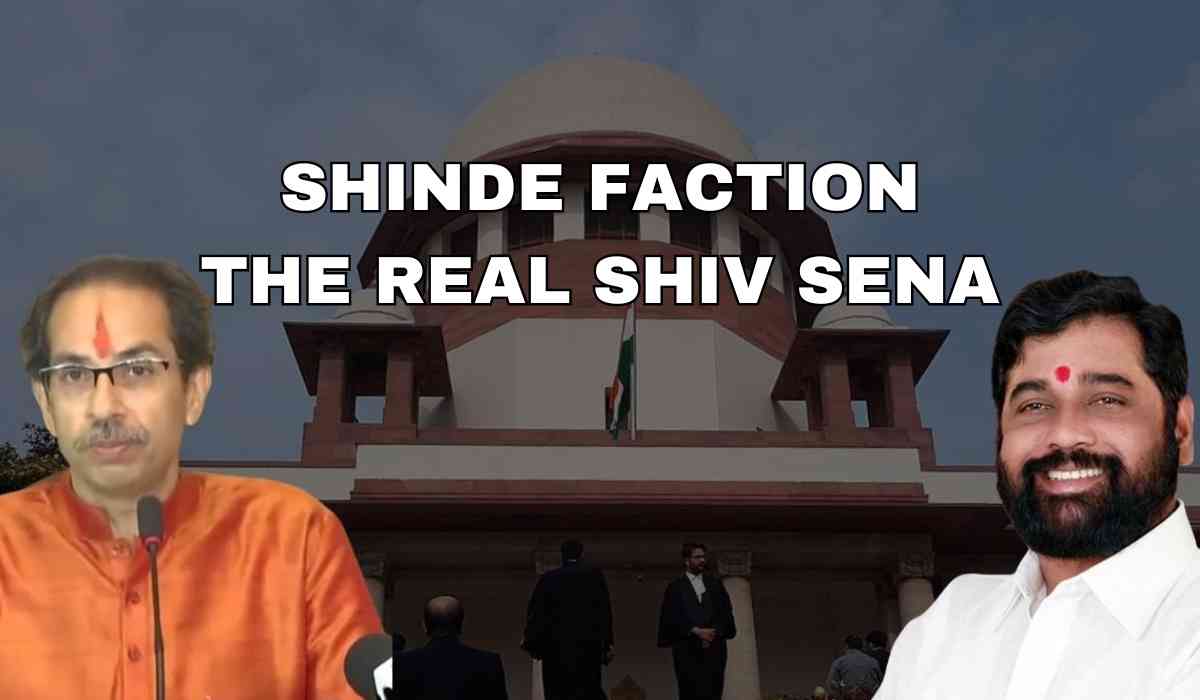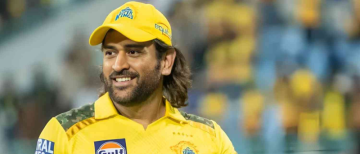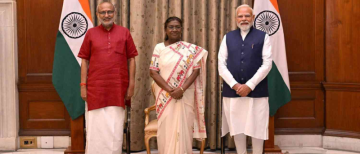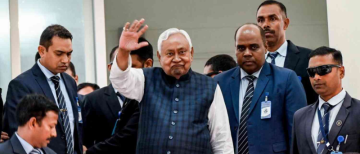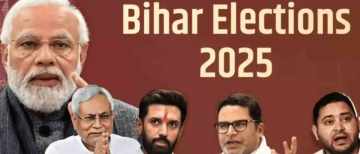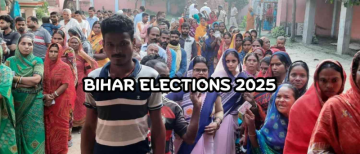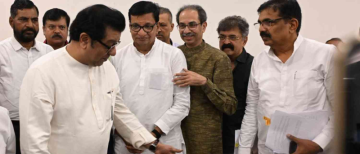In a significant setback to Uddhav Thackeray faction, the Maharashtra Legislative Assembly Speaker, Rahul Narvekar, has decided that the faction led by State Chief Minister Eknath Shinde is the real Shiv Sena. Shinde's claim was valid, Narvekar said, with the support of the majority of the party's MLAs.

The Verdict:
Narvekar issued the verdict regarding the disqualification of 34 MLAs from the assembly. He emphasized the necessity of considering the party constitution, established in 1999 while adjudicating the conflicting claims of both factions. The camp of Uddhav Thackeray argued that starting in 2018, the party's constitution should be revised. Narvekar argued that this was not possible, though, because the modified constitution was not registered with the Election Commission of India (ECI).
Thus, Narvekar claimed that Uddhav Thackeray, in his capacity as party president, was powerless to remove Eknath Shinde from his role as parliamentary party leader.
_1704899098.avif)
What Triggered the Dispute?
On June 21, 2022, Eknath Shinde and a group of Sena MLAs defected against the then chief minister, Uddhav Thackeray, claiming that the party was diluting its position within the Maha Vikas Aghadi (MVA) alliance. This marked the beginning of the dispute. Uddhav's group promptly issued a resolution in response, removing Shinde as the leader of the legislative party and appointing Ajay Choudhari in his place. Sunil Prabhu was designated as the chief whip.
Simultaneously, the Shinde faction passed a resolution confirming Shinde's leadership and appointed Bharatshet Gogawale as chief whip. Narwekar, elected Speaker following the MVA government's collapse, acknowledged this move on July 3, 2022.
Shortly after the Sena split, the first wave of disqualification pleas was filed against Shinde and 15 other MLAs for nonattendance at a meeting convened by Prabhu. Subsequently, on June 27, another set of disqualification pleas targeted 22 more MLAs aligned with Shinde. Additional petitions were lodged against two more MLAs, totalling 40 in disqualification pleas.
In retaliation, the Shinde Sena filed petitions seeking the disqualification of 14 Shiv Sena (UBT) legislators, contested by Prabhu in the Supreme Court.

Thackeray Faction's Arguments
The Thackeray faction contended that the actions of the Shinde faction—disregarding the party whip, appointing a new Deputy Speaker, calling for a floor test, and insisting on their majority—amounted to acts of defection. They argued that the Governor's sanctioning of the floor test was unlawful and recognized a 'split' within the party, no longer safeguarding members from defection disqualification, contrary to previous exceptions.
Moreover, they called for a reconsideration of the Nabam Rebia case (2016) by the Supreme Court, highlighting that members facing defection charges could halt proceedings by filing a notice for the Speaker's removal.

Shinde Faction's Counterarguments
Contrarily, the Shinde faction maintained that their actions didn't constitute defection but stemmed from internal dissent, asserting their representation of the 'true' Shiv Sena. They argued that the House Speaker, not the Supreme Court, held the authority to decide on MLA disqualifications.
Additionally, they defended the Governor's right to order a floor test, suggesting that Uddhav Thackeray lacked a majority in the House. Referring to Nabam Rebia (2016), they stressed that the Speaker, while facing a removal notice, couldn't initiate disqualification proceedings against other House members.

Arguments Before the Speaker
The hearings concluded on December 20 during the Winter Session of the state legislature in Nagpur. Responding to allegations by the Shiv Sena (UBT) that Shinde and his aligned MLAs defied Prabhu's whip, the CM's faction, acknowledged as the authentic Shiv Sena by the Election Commission in February 2023, countered that the MLAs never received any whip, hence no question of adherence or violation arose.
The Shinde Sena contended that their exit from the MVA stemmed from supporters' dissatisfaction with the alliance. They claimed that forming their group and joining the government didn't breach legislative rules, dismissing allegations and accusing the Shiv Sena (UBT) of presenting forged documents.
The Shiv Sena (UBT), in response, argued that the rebels didn't express their opposition to Uddhav when the MVA formed.

Supreme Court's Verdict and Speaker's Ruling in 16 Key Points
- The party's constitution plays a vital role in determining its legitimacy, especially concerning the leadership structure.
- Despite a 2018 amendment to the Shiv Sena (undivided) constitution, it was not officially recorded. Thus, the 1999 constitution registered with the Election Commission of India was considered valid.
- No organizational election occurred in 2018, contributing to the complexity of the leadership issue.
- Although the 2018 leadership structure acknowledged the "Paksha Pramukh" as the highest office, it did not align with the constitution.
- As per the 1999 Shiv Sena constitution, the national executive held greater authority than the "Paksha Pramukh."
- The party's constitution stipulated that the "Paksha Pramukh" lacked absolute power and needed to consult with the national executive.
- Consequently, Uddhav Thackeray's decision to remove Eknah Shinde as the legislature party leader lacked the party's backing, according to the constitution.
- In cases of a vertical split, both factions could assert their authenticity as the original party.
- Claims that the Shinde faction colluded with the BJP lacked substantiated evidence, diminishing their credibility.
- The Uddhav faction's allegation of Shinde's faction being incommunicado was countered by the meeting between Uddhav's leaders and Shinde's faction in Guwahati. Remaining incommunicado was not sufficient grounds for disqualification.
- The leadership structure detailed in a February 27, 2018 letter, available on the ECI website, served as a pivotal reference for determining the legitimate faction.
- The argument equating the "pakshapramukh's" will with the party's will during a leadership rift lacked merit and substantiation.
- According to Shiv Sena's constitution, the highest authority is the 'Rashtriya Karyakarni,' not the party president. The 'Pakshapramukh' merely presides over this body.
- Uddhav Thackeray, as the then president of Shiv Sena, did not hold sole authority to expel a party member, as per the party's constitution.
- The 2018 leadership structure submitted to the ECI did not adhere to the Shiv Sena Constitution. Consequently, Uddhav Thackeray's removal of Eknath Shinde in June 2022 contradicted the party's constitution and was not recognized.
- The party's constitution disregards the will of 'majority leaders,' including Shinde's, when making decisions or suspending leaders during conflicts, emphasizing adherence to constitutional guidelines.
The Speaker's verdict leaned in favour of Eknath Shinde's faction, emphasizing the importance of the Shiv Sena's constitution in determining the legitimate party, ultimately rejecting Uddhav Thackeray's decision to remove Shinde.
© Copyright 2023. All Rights Reserved Powered by Vygr Media.

